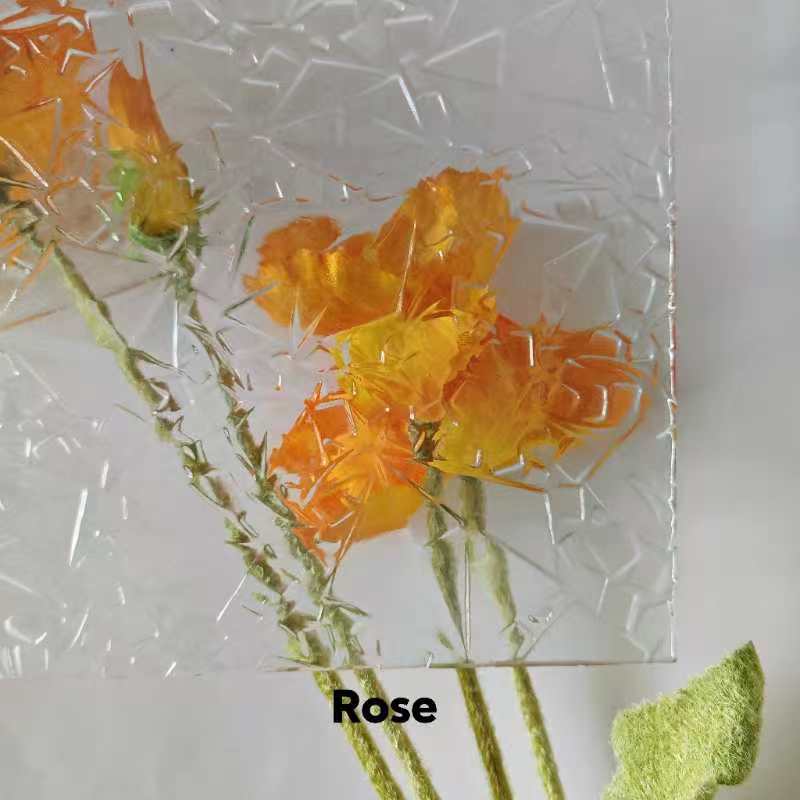

The Magic of Transforming Glass From Clear to Frosted
In the realm of design and innovation, materials often play a pivotal role in shaping our perception of space and aesthetics. Among the fascinating materials that have captured the attention of designers and architects alike is glass—specifically, the intriguing variety that transitions from clear to frosted. This remarkable transformation not only serves functional purposes but also adds a layer of artistry and sophistication to our environments.
Understanding the Basics
At a fundamental level, glass that changes from clear to frosted is often made using a specialized coating or treatment. This treatment allows the glass to maintain its clarity under certain conditions while becoming opaque or frosted under others. One popular method involves the use of a liquid crystal film, which can switch states in response to electrical signals. When the current flows through the film, the molecules align, resulting in a transparent view. Cut the electricity, and the molecules scatter, creating a frosted appearance.
Functional Benefits
The practical applications of this transformative glass are numerous. For instance, in commercial spaces such as offices, meeting rooms, and conference areas, glass that shifts from clear to frosted can provide privacy on demand. Employees can switch the glass to a frosted state during sensitive discussions, ensuring confidentiality, and revert it to clear for a more open, collaborative atmosphere when needed. This dual functionality not only enhances privacy but also optimizes the use of space without the need for traditional walls or partitions.
Moreover, such glass can be instrumental in residential settings. Bathrooms, for instance, often require a balance between natural light and privacy. Using clear-to-frosted glass allows homeowners to bask in sunlight while maintaining the seclusion necessary for personal spaces. Similarly, glass doors and windows can be designed to transform, allowing homeowners to control how much light and visibility they want throughout their day.

Aesthetic Appeal
Beyond functionality, the aesthetic allure of clear-to-frosted glass cannot be overstated. Designers are captivated by the sleek, modern look that such glass can offer to various spaces. The ability to control transparency provides endless creative possibilities. For instance, artists can integrate custom patterns or textures into the glass, allowing for unique designs that change based on the viewer's perspective and lighting conditions.
Architects can also utilize these glass panels to create striking visual contrasts in their designs. Clear glass can create an illusion of spaciousness and openness, while frosted glass can introduce an element of softness and warmth. By playing with these effects, architects bring a dynamic quality to their work, where spaces feel alive and capable of responding to the needs of their occupants.
Sustainability Considerations
In today's world, sustainability plays a crucial role in material selection. Fortunately, many advancements in glass technology have focused on energy efficiency. The incorporation of smart glass solutions often results in reduced energy consumption, as they can significantly decrease the need for artificial lighting and heating. With the transformation from clear to frosted, buildings can better regulate temperature and light, contributing to a more sustainable lifestyle.
Conclusion
In summary, glass that transitions from clear to frosted represents a perfect blend of functionality, aesthetics, and innovation. It reflects a growing trend in design that emphasizes versatility and adaptability, allowing spaces to serve multiple purposes without sacrificing style. Whether in a corporate office, a cozy home, or an artistic installation, this transformative material not only enhances the user experience but also elevates the environments in which we live and work. As technology continues to evolve, we can only anticipate further developments that will push the boundaries of what glass can do, making our spaces even more dynamic and exciting. The journey from clear to frosted is not just a change in appearance; it's a testament to how innovative materials can redefine our interactions with the spaces around us.